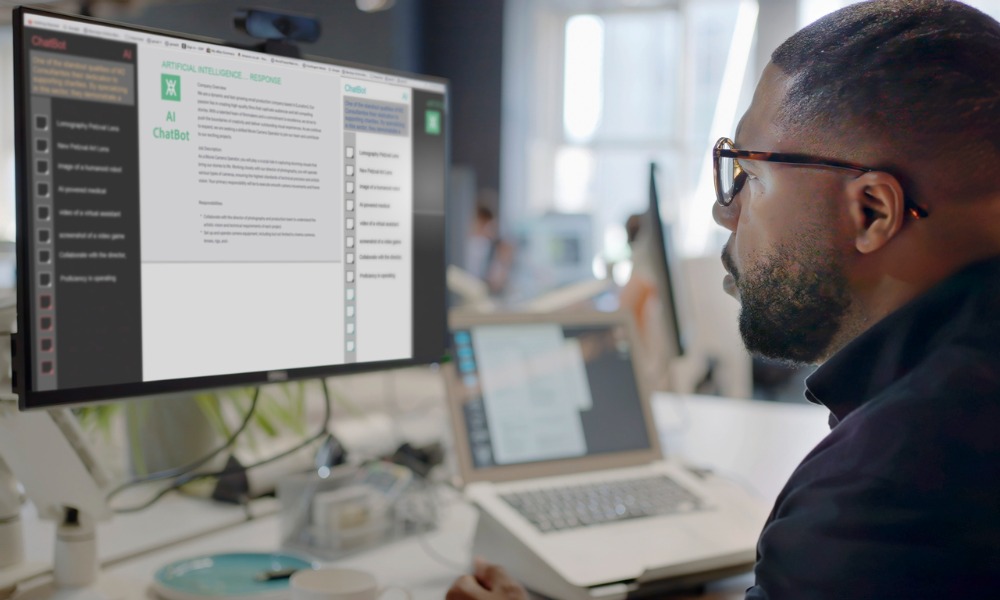But many employers unclear about AI rules under Canada's regulations

If deployed correctly, generative artificial intelligence (AI), could help reverse a decades-long decline in productivity and add almost two per cent to Canada’s GDP, according to new research from The Conference Board of Canada in partnership with MaRS Discovery District.
“Canada is a leader in the discovery and creation of artificial intelligence, but we lag in adopting the technology at the organizational level,” says Alain Francq, director for innovation and technology at The Conference Board of Canada.
“To take advantage of generative AI’s potential, Canadian businesses need to break out of their historic pattern of under-investing in research and development and adopting emerging technologies in an effort to rectify the country’s productivity gap. The Pan-Canadian AI Strategy is a good start with its focus on commercialization, standards, and research.”
Generative AI and productivity
Currently, 46 per cent of organizations are already using generative AI, found the survey of 221 Canadian start-ups.
Over six in 10 (63 per cent) of respondents believe implementing GenAI will not reduce their headcount. Instead, they claim it will make employees more productive when fulfilling their existing responsibilities and grant them more time to perform new tasks.
Thirty per cent of respondents say they are not sure about GenAI’s impact on workforce count.
As the use of GenAI becomes more commonplace, over-reliance on this technology could pose problems for employers, according to a previous report.
What’s holding employers back from GenAI?
And 38 per cent say they are exploring the use of generative AI, found the report by the Conference Board and MaRS. Among them, more than half say that a lack of technical expertise is holding them back from integrating it into their businesses.
However, only 29 per cent say that finding talent is a roadblock.
Overall, more than 90 per cent of survey respondents say that they are not sure about AI rules under current Canadian regulations, according to the survey.
Over a quarter (27 per cent) of companies have banned the use of GenAI, at least temporarily, according to a previous Cisco report.
How do I prepare my employees for GenAI?
Here’s how employers can prepare workers for using GenAI at work, according to Intermix Workforce’s LinkedIn post:
- Encourage employees to stay updated on emerging technologies, AI advancements, and industry trends through up-skilling opportunities and training programs.
- Create tailored training sessions to enhance employees’ understanding of AI technology, its potential implications, and how it can be leveraged effectively in their roles.
- Create a psychological safe space for employees to experiment with new technologies without fear of failure or negative consequences.
- Outline clear career paths that include AI-related roles and responsibilities.
- Educate employees about the advantages of AI implementation, such as increased productivity, streamlining workflows, and eliminating repetitive tasks.
- Establish dedicated programs aimed at reskilling employees whose roles may be impacted by automation or AI advancements.
- Promote a collaborative atmosphere where employees feel comfortable working alongside AI technologies.
- Enable HR departments to address employees' fears about being replaced by AI.
- Include employees in discussions around AI implementation, seeking their input and feedback on how it can improve workflows and processes.
- Encourage employees to think critically about the ethical implications of AI and its potential consequences.




